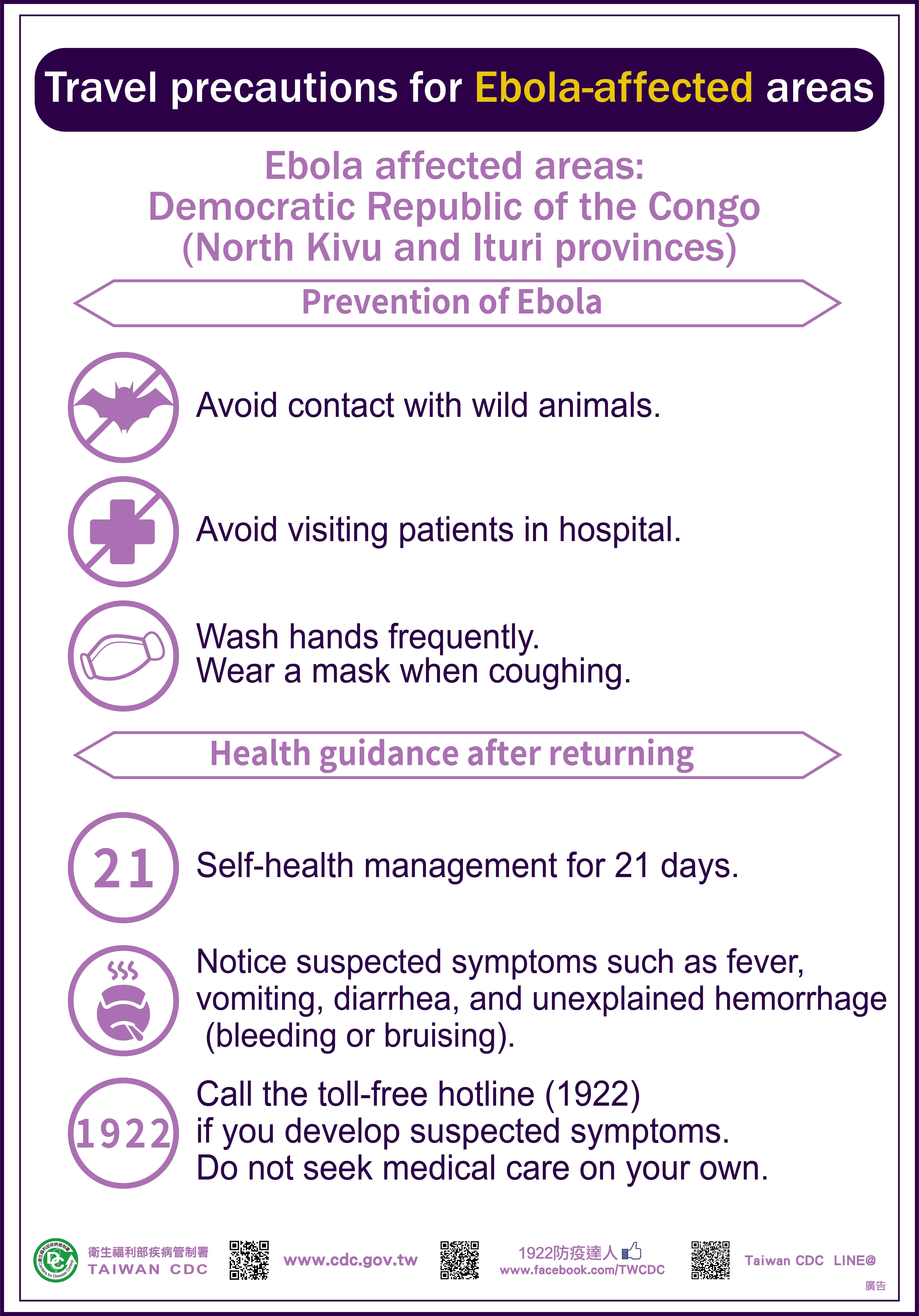-
About CDC
- Diseases & Conditions
-
Programs & Campaigns
-
Data & Statistics
- Taiwan National Infectious Disease Statistics System
- Statistics of HIV/AIDS
- Disease Surveillance Express
- Influenza Express
-
National Notifiable Disease Surveillance Report
National Notifiable Disease Surveillance Report
-
Weekly Report of Enterovirus Infection
Weekly Report of Enterovirus Infection
- Weekly Report 2025
- Weekly Report 2024
- Weekly Report 2023
- Weekly Report 2022
- Weekly Report 2021
- Weekly Report 2020
- Weekly Report 2019
- Weekly Report 2018
- Weekly Report 2017
- Weekly Report 2016
- Weekly Report 2015
- Weekly Report 2014
- Weekly Report 2013
- Weekly Report 2012
- Weekly Report 2011
- Weekly Report 2010
- Weekly Report 2009
- Weekly Report 2008
- Taiwan Healthcare-associated infection and Antimicrobial resistance Surveillance System
- Taiwan CDC Open Data Portal
- International Cooperation
- News
- Privacy Policy
- Security Policy
- Government Website Open Information Announcement
- Copyright Notice on Health Educational Materials
Background
Ebola virus disease (EVD) is a severe, acute and often fatal illness in humans. The symptoms include sudden fever, severe fatigue, headache, muscle pain, diarrhea, vomiting, abdominal pain, rash and hemorrhage (bleeding or bruising). Severe cases are often accompanied by hepatic damage, renal failure, damages of central nervous system, shock with multi-organ failure. the average case fatality rate is about 50%. Ebola is caused by genus Ebolavirus, the family of Filoviridae. Five species have been identified: Zaire, Bundibugyo, Sudan, Reston and Taï Forest. The virus is introduced into human population through contact with wild infected animals and spreads through human-to-human transmission. At present, no TFDA-approved vaccine or medicine (e.g., antiviral drug) is available for Ebola. The current available treatment for Ebola is supportive care.
Epidemiology
Ebola was first discovered in 1976 near the Ebola River in what is now the Democratic Republic of the Congo. The 2014 outbreak in West Africa, including Guinea, Liberia and Sierra Leone which are the most severely affected countries, is the largest in outbreak history. In 2014, the WHO Director-General declared the outbreak a Public Health Emergency of International Concern (PHEIC) under the International Health Regulations. So far, no confirmed case has been reported in Taiwan.
EVD Surveillance in Taiwan
- Taiwan National Infectious Disease Statistics System-EVD
- Fever screening at international airports and seaports.
- Self–reporting through the toll–free 1922 hotline or local public health authority.
Prevention and Control
- In Ebola-affected areas, avoid contact with and consumption of wild animals such as fruit bats and primates. Wear gloves and appropriate protective clothing if handling animals is necessary. Animal products should be well-cooked before consumption.
- Avoid direct contact with the patient’s blood, secretions, body fluids, organs, semen, or contaminated environment. Wear gloves and appropriate protective equipment when caring for patients.
- The World Health Organization (WHO) recommends that all Ebola patients and their sexual partners should receive health education and counselling and be provided with condoms. Male patients should avoid all types of sex until 12 months after disease onset or their semen has tested negative twice. Male patients should have their semen tested 3 months after disease onset and every month thereafter until their semen tests negative with an interval of one week between two tests.
- The symptoms in the early stage are not specific. Healthcare workers taking care of all patients should heighten vigilance, wear standard protective equipment, and practice strict infection control, including hand and respiratory hygiene. Healthcare workers entering a ward where a suspected or confirmed case is isolated should wear advanced personal protective equipment such as coveralls, masks (e.g., N95 mask), face shields, double gloves, water-proof boot covers. Apron is required if the patient has symptoms of diarrhea or vomiting. Avoid direct contact with the patient’s blood and bodily fluids. Patients with Ebola should be placed in a negative pressure isolation ward.
FAQs
- How do people become infected with the Ebola virus?
- People become infected with Ebola through contact with the blood, secretions, body fluids or organs of infected animals or humans, or indirect contact with contaminated items (e.g., clothes, bedding or needles). The risk of infection through broken skin or mucous membranes is higher.
- Who is at risk of Ebola virus disease?
- During an outbreak, healthcare workers, family members, friends, close contacts and those who handle bodies have a higher risk of infection.
- What are the typical signs and symptoms of Ebola virus infection?
- The symptoms include sudden fever, severe fatigue, muscle pain, headache, diarrhea, vomiting, abdominal pain, rash and hemorrhage (bleeding or bruising). Severe cases are often accompanied by hepatic damage, renal failure, damages of the central nervous system, shock and multi-organ failure.
- Can Ebola be prevented?
- (1) No TFDA-approved vaccine or medicine (e.g., antiviral drug) is available for Ebola so far. The current available treatment for Ebola is supportive care.
- (2) Avoid contact with and consumption of wild animals such as fruit bats and primates in Ebola-affected areas. Wear gloves and appropriate protective clothing if handling animals is necessary. Animal products should be well-cooked before consumption.
- (3) Avoid direct contact with the patient’s blood, secretions, body fluids, organs, semen, or contaminated environment. Wear gloves and appropriate protective equipment when caring for patients.
More information
WHO/Ebola
USA CDC/Ebola (Ebola Virus Disease)
圖片

為提供使用者有文書軟體選擇的權利,本網站提供ODF開放文件格式,建議您安裝免費開源軟體 (https://www.ndc.gov.tw/cp.aspx?n=32A75A78342B669D) 或以您慣用的軟體開啟文件。

